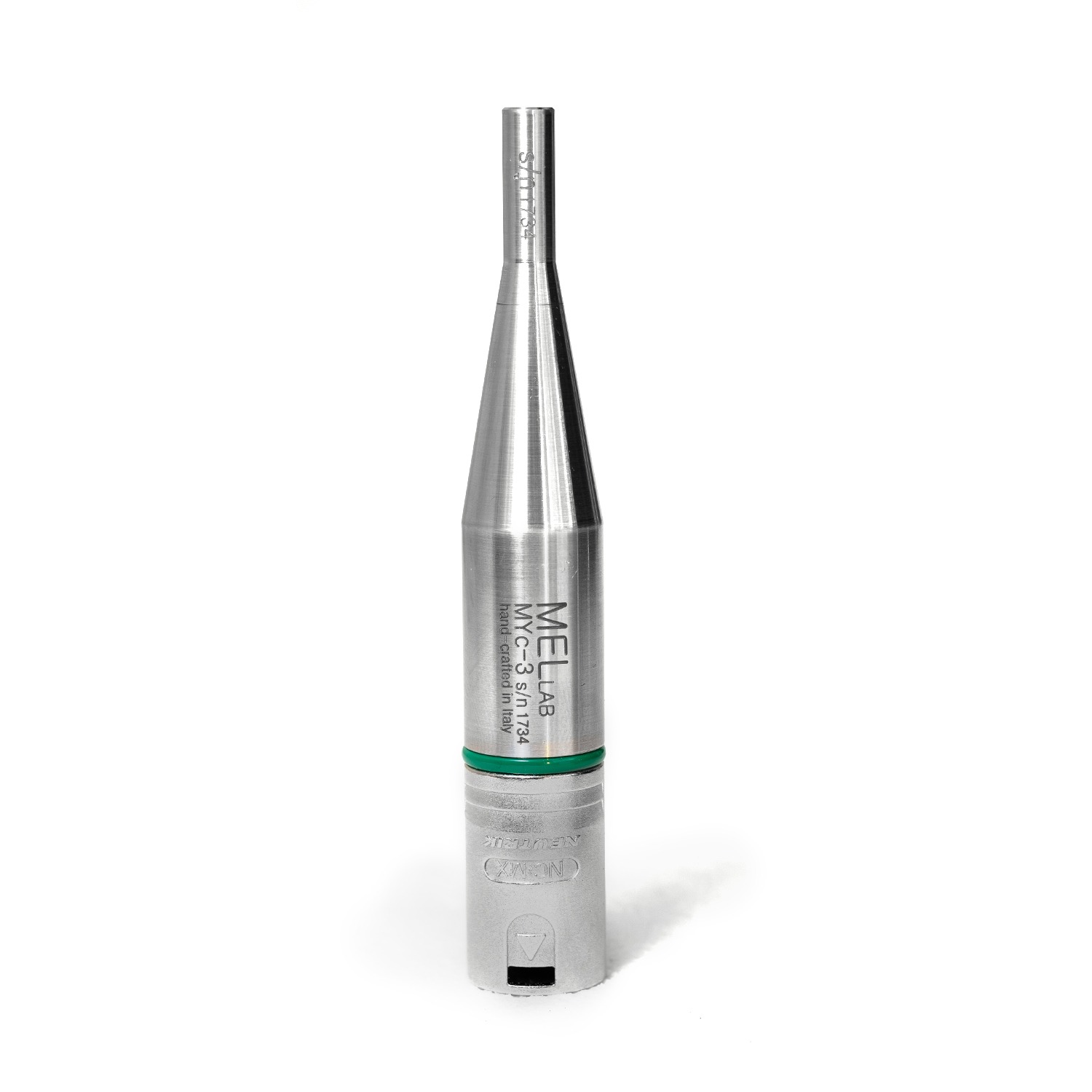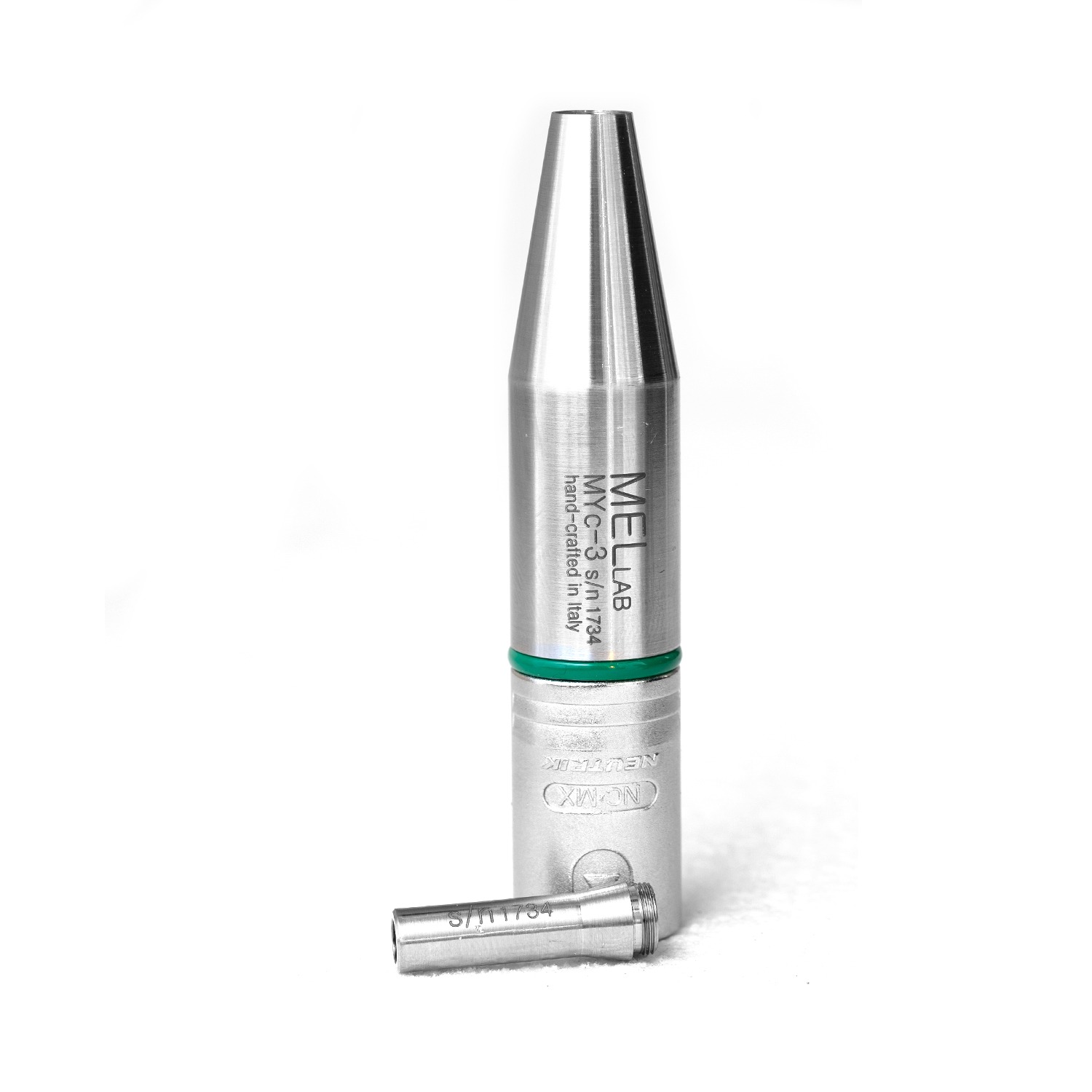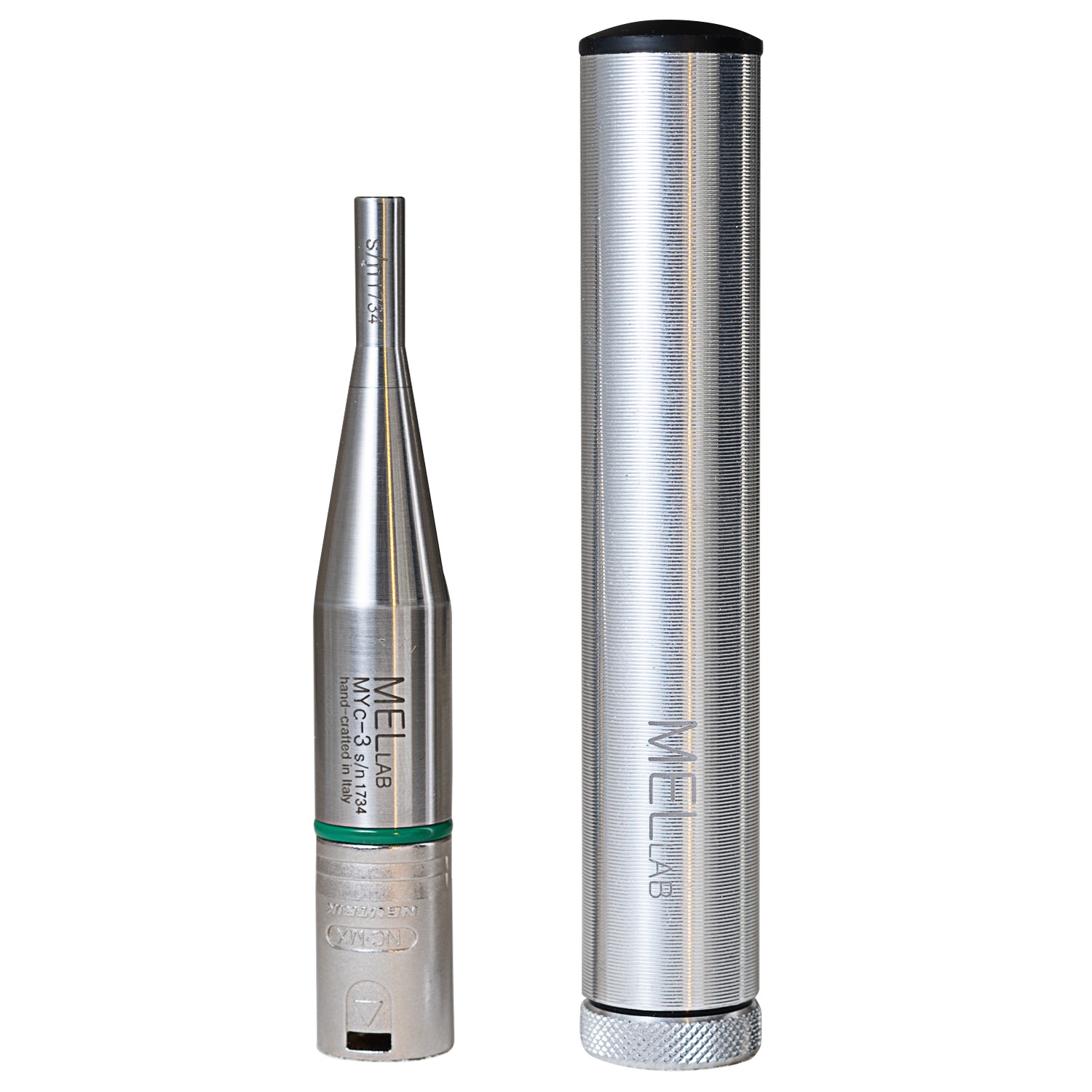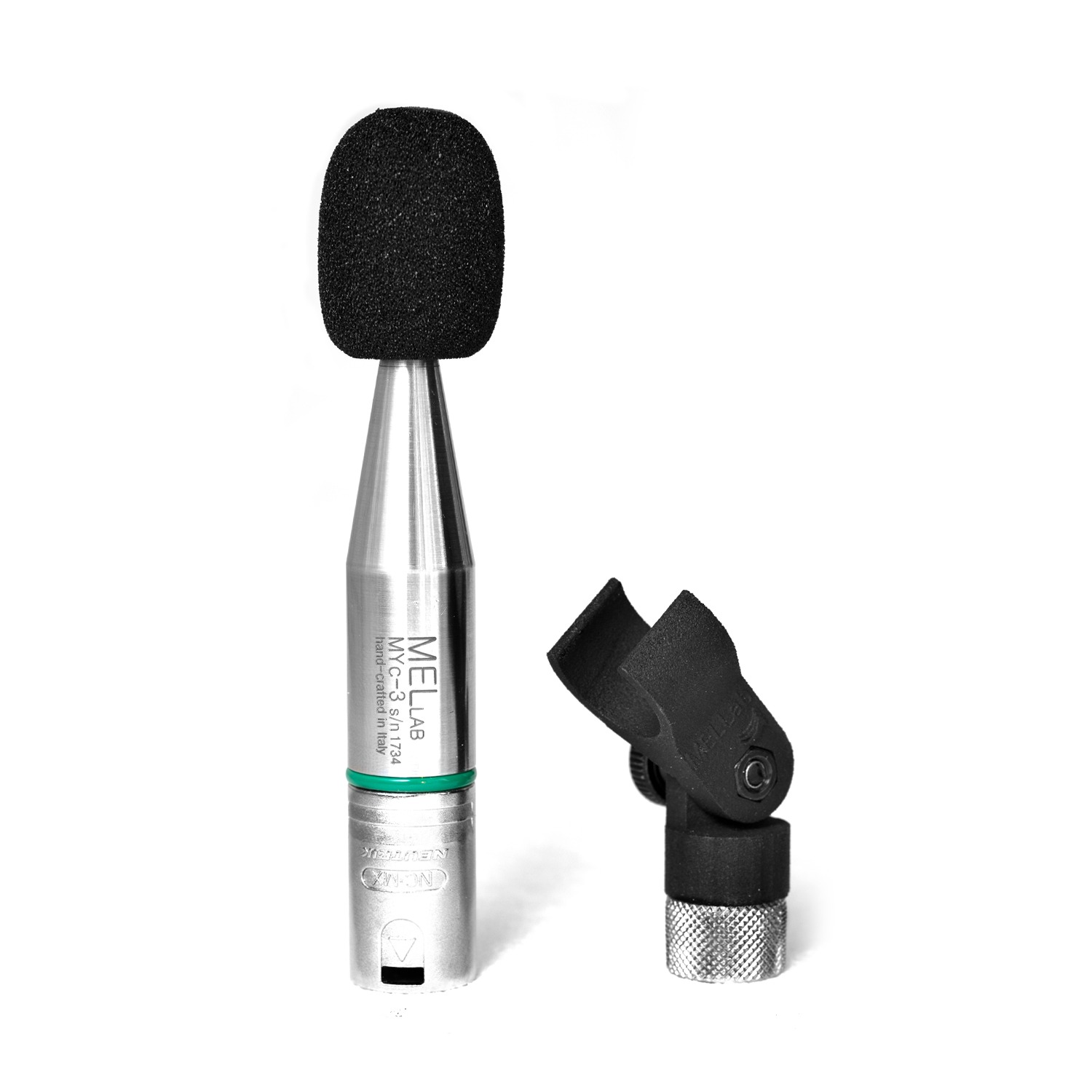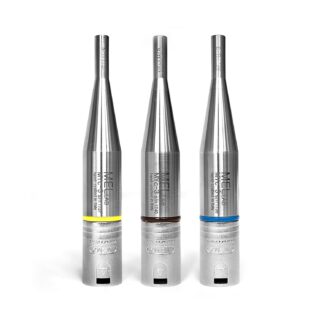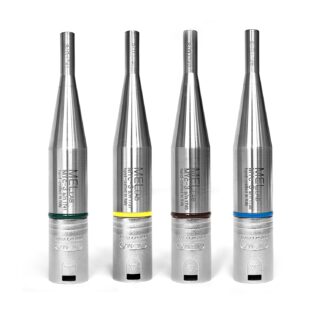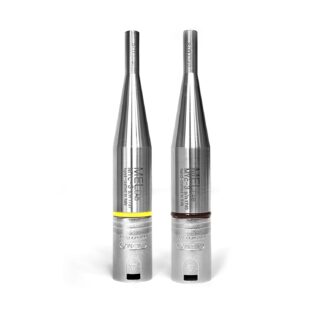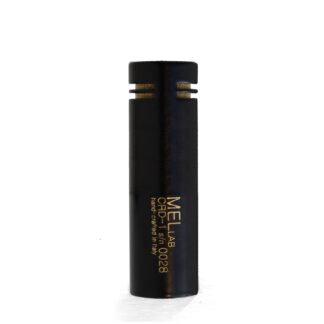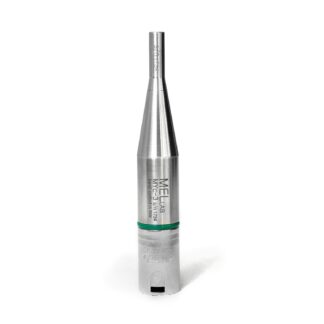Description
Omni-directional pre-polarized* condenser microphone 48V
Polarity: a positive pressure variation on the diaphragm produces a positive voltage at pin 2 of the XLR
Free field frequency response, 0°, +/- 1dB: 10-10000 Hz
Free field frequency response, 0°, +/- 2dB: 10-22000 Hz
Sensitivity (@ 250Hz; +/-2 dB) 15 mV/Pa [-36.5 dB re 1 V/Pa]
Max SPL (THD<3 %) 140 dB SPL
Noise <23 dBA SPL equiv. (typical 22 dBA)
Powering 48V [5 mA] phantom power
Temperature coeff. +0.035 dB/°C
Operating temperature range -10 °C to +50 °C (14 to 122 °F)
Balanced output impedance 30 ohm
Weight 68 g
Length 116 mm
*A pre-polarized microphone is a type of condenser microphone that has a built-in, permanently charged backplate, eliminating the need for an external polarization voltage.
How It Works:
-
Traditional condenser microphones require an external polarization voltage (typically 48V phantom power or an external DC bias) to maintain the necessary charge between the diaphragm and backplate.
-
In a pre-polarized condenser microphone, the backplate is made from an electret material that retains a permanent electrostatic charge. This design allows it to function without the need for an external polarization voltage.
Advantages of Pre-Polarized Microphones:
-
Lower Power Requirements – They can operate on lower voltage (often 2-10V, commonly found in battery-powered devices).
-
More Compact and Portable – Ideal for field recording, lavalier mics, and measurement microphones.
-
Simplified Design – No need for an external high-voltage power supply.
-
Improved Stability – The charge remains stable over time, reducing drift in performance.
Common Uses:
-
Lavalier and headset microphones (used in broadcasting and theater).
-
Measurement microphones (used in acoustics and sound analysis).
-
Field recording microphones (used for nature and location sound recording).
Pre-polarized microphones are often found in electret condenser microphones, a widely used type of condenser mic in consumer and professional audio applications.
